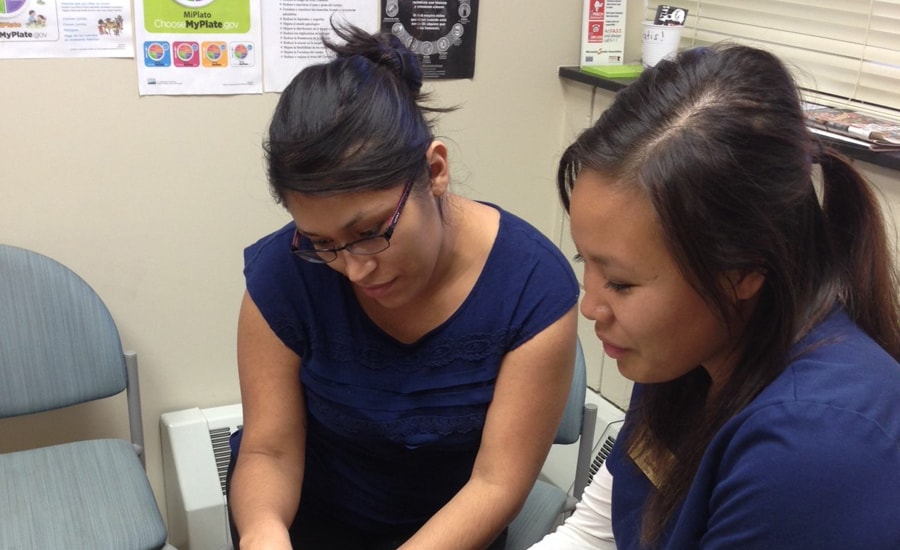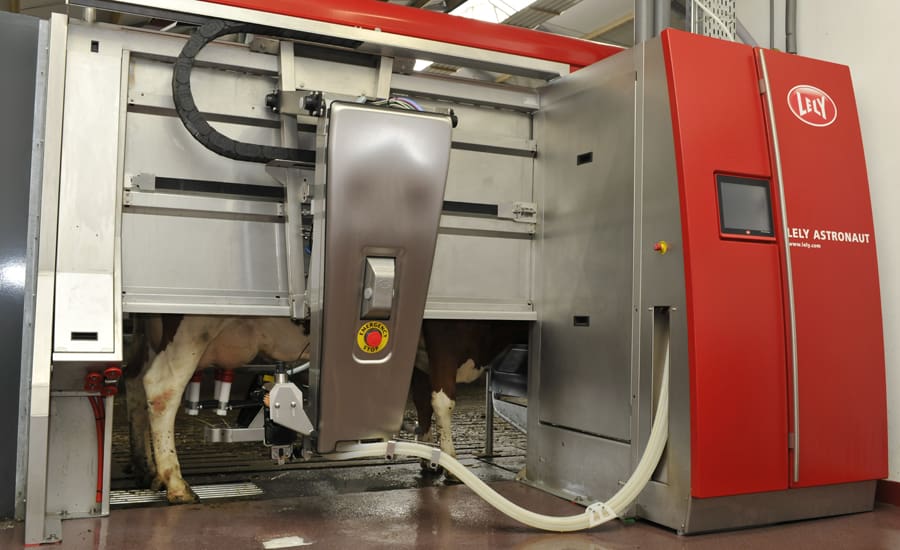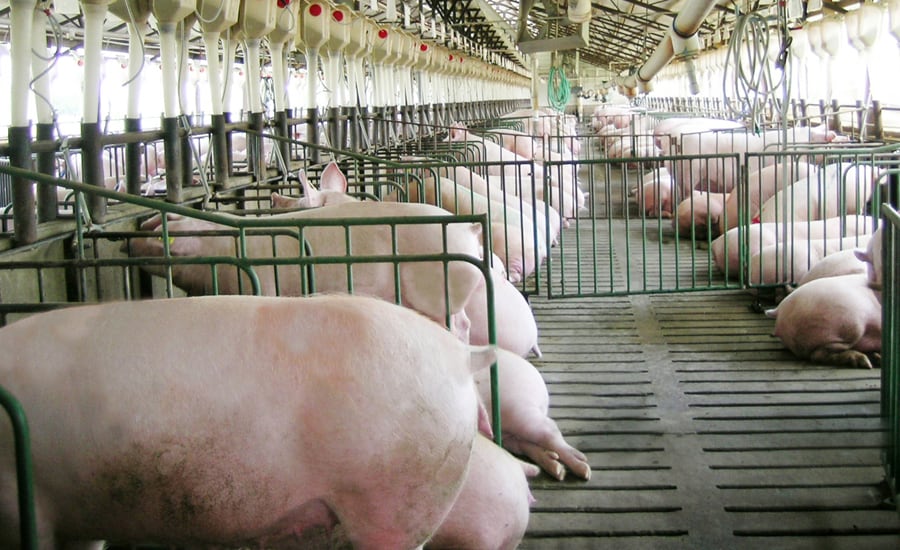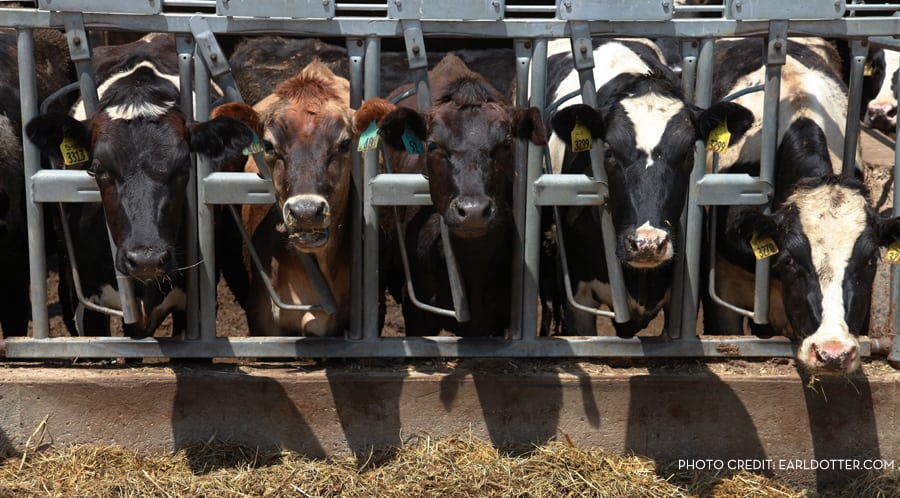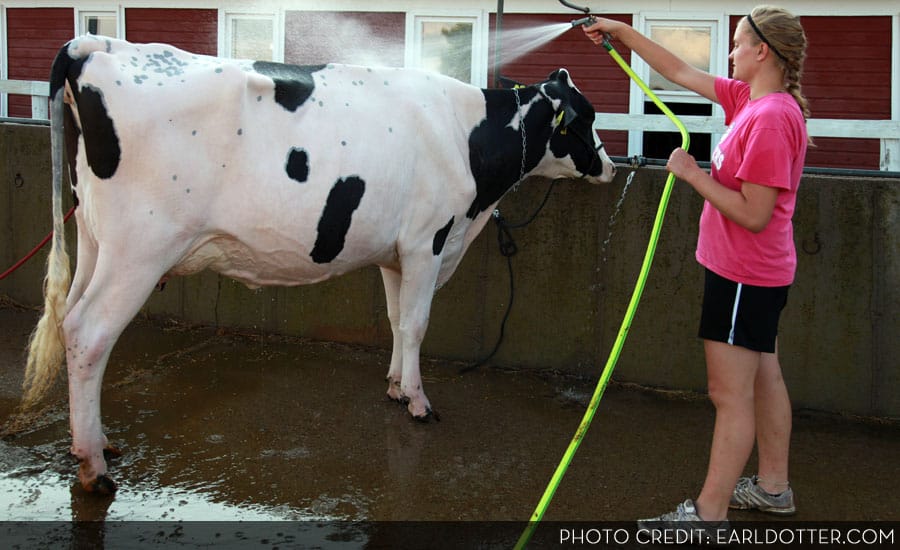
Predictors of Best Practices in Farm Air Quality Sampling among Young Producers
Young workers aged 18-23 years old contribute significantly to the agricultural workforce and are at risk to occupational health risks, including environmental exposures. Many of these workers are employed in large operations or family farms and potentially exposed to gases from livestock production, manure storage, combustion engines, chemicals, or spoiled grain. …





